Written by Guest Contributor on The Prepper Journal.
Editors Note: A guest post from SignalSergeant to The Prepper Journal. As always, if you have information for Preppers that you would like to share and possibly receive a $25 cash award as well as be entered into the Prepper Writing Contest with a chance to win one of three Amazon Gift Cards with the top prize being a $300 card to purchase your own prepping supplies, enter today!
Let’s start with the basics!
Congratulations! You made it this far, and you have decided to take the first step towards disaster preparation and, perhaps, a little peace of mind. No matter how far you decide to ultimately take your disaster preparedness, the one piece of gear that you will always keep close at hand will be your 72-hour pack, commonly known as a “Bug-Out Bag” (BOB).
Important: Each family member should have their own bag! This includes pets. Your Chihuahua or Pomeranian obviously won’t be able to carry their own pack, but you don’t want to have their kibble mixed in with your powdered eggs, so make a separate bag for your fur babies.
Build or Buy?
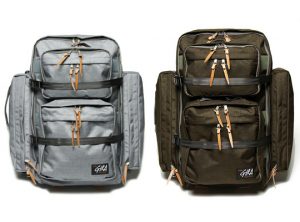
The first BOBs that my wife and I put together were completely DIY. We scrounged around the house and garage, looking for any serviceable backpack, and then we put together our own checklist of items. We compiled the checklist from multiple sources, using common sense as a filter. We purchased all the items at Walmart and local dollar stores. The backpacks themselves were leftovers from when our kids were in school. If a pack is tough enough to survive a few semesters with a teenager while loaded with books, it will probably survive almost anything. We still have those packs, several years later (although we check the contents and replace the food items on a regular basis). Look for backpacks made from sturdy Cordura nylon, with heavy stitching and reinforced seams. If you don’t have any backpacks lying around, and you can’t afford new high-quality packs, then look at what you do have. Most households have small travel bags or perhaps hard-sided carry-on luggage (the kind with wheels and the telescoping handle). While not ideal, anything is better than no BOB at all.
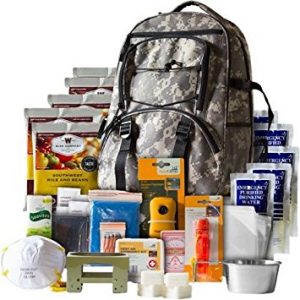
Recently, we purchased a couple ready-made 72-hour packs from an online retailer. We were disappointed in the materials used in the backpacks, and many of the “survival” items were of such poor quality that they would never survive the first use. While I’m certain that good quality, ready-made BOB’s are out there, buyer beware! If you go the ready-made route, look for reviews and do your homework. Remember, if you need this BOB in an emergency, your life and the lives of your loved ones may literally depend on it. Also, no matter how good a ready-made solution is, you still must flesh it out with your own personal items such as medications, specific first-aid items, socks, undergarments, etc.
Key takeaway: If you are willing to put some time and effort into it, you can build your own bag/kit with better quality items, and have it tailored to your own specific needs.
You have a pack, now what do you put in it?
I mentioned customizing your pack with items specific to you, your climate, and your medical needs. With that said, there are a few broad categories of items that are universal.
Food
I will cover food in detail in another post, but for now, look for food that has a long shelf life, sturdy packaging, won’t attract vermin or breed bacteria, and is easy to prepare. You can find suitable food items in the camping section of most stores. Meals Ready to Eat (MRE’s) are good, although they are heavy and take up a lot of space. Remember, you’re looking for emergency fuel for your body, not gourmet meals.
Sanitation
Don’t become ill from ingesting microbes carried on your hands. Make sure your BOB contains a small amount of toilet paper, travel-size bottles of hand sanitizer, and baby wipes. Include some basic hygiene items such as a toothbrush and toothpaste. I have spent a few weeks at a time in the field with the military, and sometimes being able to brush my teeth made me feel almost as good as a hot shower. Cleanliness is not just a good idea from a health standpoint, it can also boost your spirits. Note: A change of socks and underwear is also recommended.
Survival Items
These are the basics: Water, fire, shelter, first aid, and knives. Yes, I said “knives”, plural. Knives are incredibly versatile and useful, and they are also easily lost, sometimes broken, and often stolen by the unscrupulous. Water is first on the list for a reason: You can survive for 3 weeks without food (granted, 3 MISERABLE weeks), but only about 3 DAYS without water (depending on climate). Also, have multiple sources for starting a fire. Waterproof matches, butane lighters, or those magnesium fire-starters are all excellent choices. Shelter, at a minimum, should consist of a metallized emergency blanket. A basic first aid kit is a good starting point, but look at augmenting it with additional bandages and antibiotic ointment. Include a good quality first aid manual along with your medical supplies. Another key item is a “survival radio”. These emergency radios are powered with a hand crank and do not require batteries. A quick look on Amazon yielded several in the $20 price range. Just look at the reviews, and pick one that is both compact and durable.
Personal Protection
Your bag should include one or more self-defense items WITH WHICH YOU ARE COMFORTABLE. Pack a loaded firearm if you are: 1. Proficient in its use, 2. Know how to maintain it, and 3. Know how to keep it safe. I do not advise anyone to purchase a firearm if they are not willing to master all three of the above skills. I will go into selection of a personal defense weapon in detail in another post. If a firearm is not an option, then consider pepper spray, a machete, or whatever you are comfortable with, but don’t spend a lot as someone who has mastered all three will be taking them from you, along with anything else of yours they might want. Also, communication is an important form of security. Pack a spare cell phone, charger, solar-powered recharger and a backup copy of emergency contact numbers if possible. And a radio, a ham radio, and know how to use it.
Entertainment
We used to joke that war consists of long periods of soul-crushing boredom punctuated by brief moments of abject terror. The same could be said for survival situations. Boredom can be an even bigger issue if you have kids. It’s important to have some form of distraction for mental health purposes. Items that are easy to pack include: A deck of cards, small notebooks and pencils, a paperback book, iPod and ear buds, and a handful of Sharpie markers.
Conclusion
Consider the above to be the bare minimum. However, this is a great start! You will gain confidence and peace of mind by having supplies and a solid plan in place. Finally, there is safety in numbers! Include your friends and family in your plans, and help them with a little preparedness of their own. We all have health insurance, car insurance, and homeowner’s or renter’s insurance. Don’t you owe it to yourself and your family to have a little disaster insurance?
Follow The Prepper Journal on Facebook!
The post What About BOB? appeared first on The Prepper Journal.
from The Prepper Journal
Don't forget to visit the store and pick up some gear at The COR Outfitters. How prepared are you for emergencies?
#SurvivalFirestarter #SurvivalBugOutBackpack #PrepperSurvivalPack #SHTFGear #SHTFBag

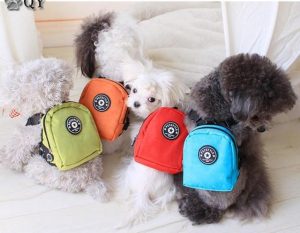
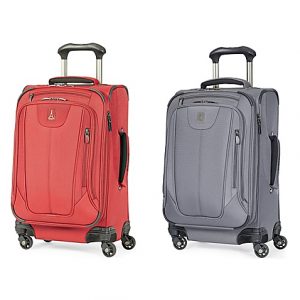
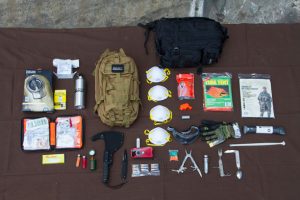
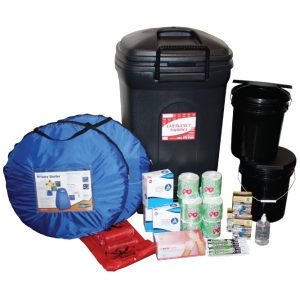
No comments:
Post a Comment